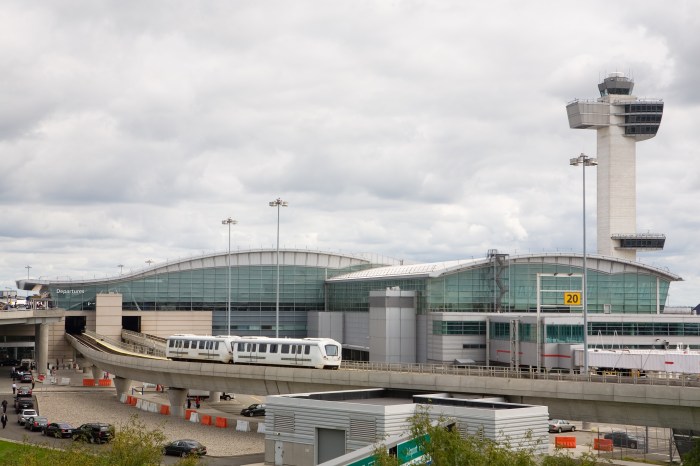By Prem Calvin Preshad
The Deferred Action for Childhood Arrivals was a federal directive that, in 2012, allowed undocumented immigrants who entered the United States before age 16 to remain the in the United States for a period of two years and receive authorization to work.
This protection is offered only to those who have completed high school equivalency or served in the armed forces. The applicant must not have committed a felony or have reached their 31st birthday on June 15, 2012. This was in response to a failure to pass the DREAM Act, a measure that has also been stalled in Albany.
DACA is for law-abiding, undocumented immigrants who were too young to have made a conscious decision to enter or remain in the United States illegally. DACA does not reward illegal behavior, as this carries the presumption that those who arrive as children are incapable of violating immigration law. DACA does not confer legalized immigration status or an amnesty on those who apply and protections are subject to renewal.
The time has come for many of these immigrants to re-apply for this protection. Undoubtedly, much of the discussion over the merits of this program focuses on Latino immigrants, who make up a substantial segment of the city’s undocumented population and account for three-quarters of the DACA beneficiaries.
Still, nearly 10 percent of DACA beneficiaries hail from Asia, including many who work as cab drivers, newspaper vendors and restaurant workers.
Dr. Madhulika Khandelwal, director of the Asian/American Center at Queens College, has studied immigration patterns of South Asians to Queens for the past few decades. This includes the newer waves of immigrants from the Caribbean.
“We coined the term [Indo-Caribbean] here,” said Khandelwal.
According to Khandelwal, South Asian immigration to the United States grew in earnest after 1965, after that iteration of the Immigration and Naturalization Act scrapped the existing national origins formula, based on racial quotas, in favor of skilled workers and family relationships.
As the city’s economy turned in the mid-1970s, Indian immigrants worked in the service industry, with hopes that these jobs would be temporary. Immigration trends shifted in the early ’90s, as less affluent immigrants and their young children started to arrive from India, Pakistan and Bangladesh.
“They came here on a visa and did not get permission to stay on,” said Khandelwal.
This led to the adoption of the term “South Asian” to describe people originating from the Indian subcontinent. Children did not get a say in any decision to move to or remain in the United States with their parents.
Estimates are that 171,000 New Yorkers became legal under the 1986 amnesty law signed by then-President Ronald Reagan. Since then Democratic and Republican mayors have stressed the importance of incorporating the city’s other undocumented residents into the fold. Under a sanctuary policy, this includes prohibiting law enforcement and city agencies from asking about an individual’s immigration status.
“If they are part of Queens College, we don’t care about their immigration status and we work with them like any other student,” said Khandelwal.
In registering undocumented immigrants under DACA, we get a better sense of the undocumented population, which is critical for taxation. Law-abiding, undocumented residents are able to work and pay taxes in exchange for protections against deportation.
In a humanitarian sense, DACA ensures that these workers, who make up a critical sector of the city’s economy, have the workplace protections afforded to all workers in the United States and promotes competitive wages for citizens and immigrants alike.




































